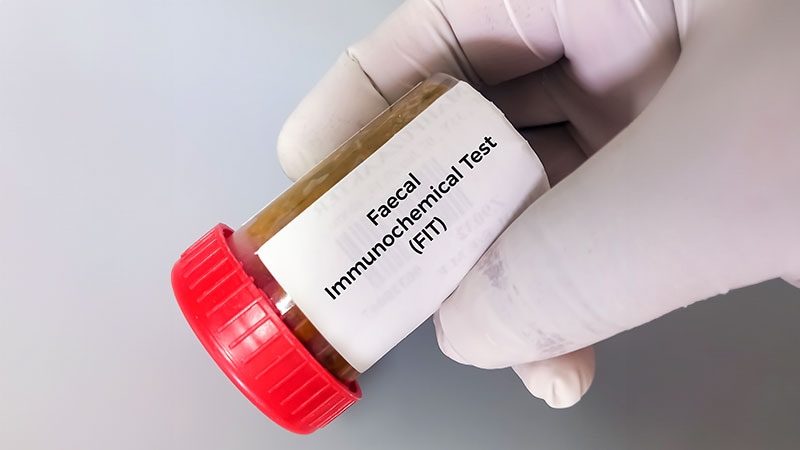Multitarget Stool DNA Test Outperforms Other Stool-Based Colorectal Cancer Screening Tests in Detecting Advanced Serrated Lesions
This study compared the real-world performance of three stool-based tests - multitarget stool DNA (mt-sDNA), fecal immunochemical test (FIT), and fecal occult blood test (FOBT) - for colorectal cancer (CRC) screening in average-risk individuals.
The key findings are:
-
There was no significant difference between the three stool-based tests in the detection of advanced neoplasia overall.
-
However, the mt-sDNA test showed a significantly higher detection rate for advanced serrated lesions compared to FIT and FOBT (11.3% vs 1.8% and 0%, respectively).
-
A sensitivity analysis evaluating outcomes specifically for advanced serrated lesions with hyperplastic polyps sized 5-9 mm also found that mt-sDNA had a higher detection rate than FIT and FOBT (17.7% vs 4.4% and 0%, respectively).
-
The positive predictive value for advanced neoplasia was the highest for the mt-sDNA test (30.7%), followed by FIT (22.8%) and FOBT (18.8%).
The authors concluded that while there was no significant difference between the stool-based tests in the detection of advanced neoplasia overall, the mt-sDNA test outperformed FIT and FOBT in detecting advanced serrated lesions, which are important precursors to colorectal cancer.
Tilpas resumé
Genskriv med AI
Generer citater
Oversæt kilde
Til et andet sprog
Generer mindmap
fra kildeindhold
Besøg kilde
www.medscape.com
Stool-Based Tests Equal, mt-sDNA Finds More Serrated Lesions
Vigtigste indsigter udtrukket fra
by Edited Shrab... kl. www.medscape.com 09-20-2024
https://www.medscape.com/viewarticle/stool-based-tests-equal-mt-sdna-finds-more-serrated-lesions-2024a1000h5j
Dybere Forespørgsler
